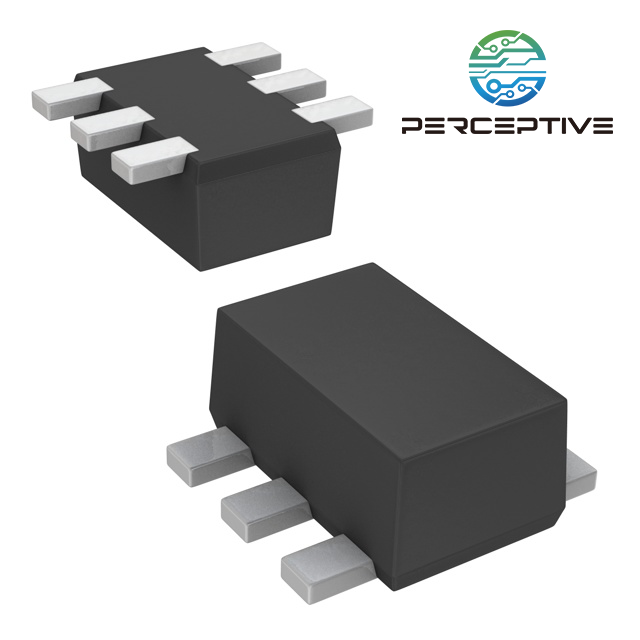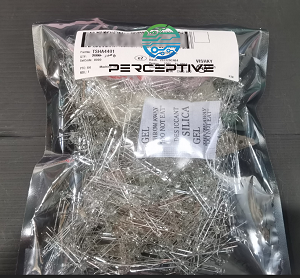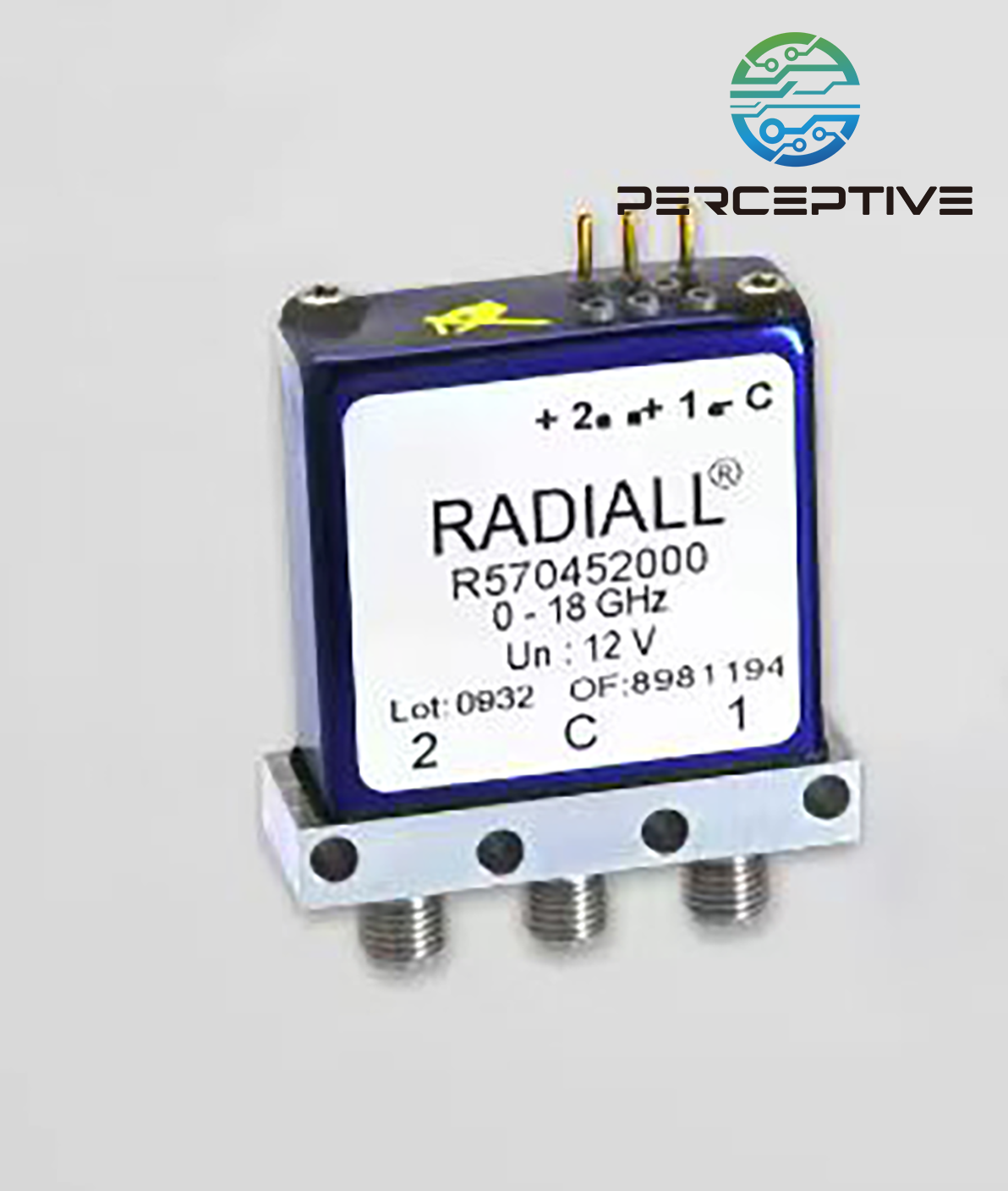 Wireless battery charging is everywhere. If you pay attention, you will find that when it comes to wireless charging, it is always Qi-compliant. In the near future, mobile phones, cameras, computers and other products can be charged with Qi wireless chargers, making it possible for large-scale applications of wireless charging. The icon "Qi" is the pinyin (Qi) of "Qi" in Chinese, which means "represents "vigor" in Asian philosophy - an invisible energy.
Wireless battery charging is everywhere. If you pay attention, you will find that when it comes to wireless charging, it is always Qi-compliant. In the near future, mobile phones, cameras, computers and other products can be charged with Qi wireless chargers, making it possible for large-scale applications of wireless charging. The icon "Qi" is the pinyin (Qi) of "Qi" in Chinese, which means "represents "vigor" in Asian philosophy - an invisible energy.
What is Qi Wireless charging?
Qi is the world's first standardization organization to promote wireless charging technology - the "wireless charging" standard launched by the Wireless Power Consortium (hereinafter referred to as the "WPC"), which has two characteristics of convenience and versatility. First of all, products of different brands can be charged with Qi wireless chargers as long as they have a Qi logo. Secondly, it overcomes the technical bottleneck of "universality" of wireless charging.
The Qi wireless charging system consists of base stations and mobile devices. A base station contains one or more transmitters that provide power for reception. Mobile devices contain a receiver to provide power to a load (such as a battery), and the receiver will also provide information to the transmitter.
How to use Qi wireless charger?
If your smartphone has the function of Qi wireless charging, then you need to search for and prepare a Qi wireless charger. There are a variety of Qi wireless chargers on the market, but it's also easy to buy pre-wired Chinese modules to set up a tangle-free Qi wireless charging pad yourself. The real purpose of this article is to share my thoughts on some affordable wireless charging mods I've come across recently.
How to enable Qi wireless charging? Below you can see a somewhat old Qi wireless charger transmitter module. The 5V module is based on the BQ500211, a second generation digital wireless power controller that integrates all functions required to control wireless power transfer into a single WPC compatible receiver.
Specification:
Working frequency: 112kHz-250kHz
Practical distance: 2-6 mm
Maximum efficiency: 80%
Output voltage: 5V
Output current: 1A max
Charging distance: 10mm
Conversion rate: 75%
The module operates on 5VDC and has a micro-USB port for input power. We can power the module from a smartphone charger or a USB power supply. The module also has LEDs as status indicators. A red light indicates that the circuit is powered, while a blue light indicates phone detection and charging status. Note that the corresponding phases should be completed before power delivery can be performed. For example, the transmitter section is idle in standby mode, then it uses analog pulses to detect the presence of any potential power receivers by applying periodic test pulses to the primary coil. After detecting a potential power receiver in the vicinity, it communicates with the receiver using a digital ping.

In addition, the P9235A-RB is a highly integrated magnetic induction wireless power transmitter that supports up to 5W of total wireless system power without additional circuitry for in-band bi-directional data communication.
At this point, frankly, I'm stuck. It doesn't make sense to do a teardown analysis of my Qi wireless charger transmitter module, nor does it make sense to do so. So here's an easy trick to make your own blinking wireless LED. Now solder a 3mm yellow LED to the lead of a 10mH drum inductor as shown in the picture above and place it on top of the module. It works instantly. My experimental setup is powered by a 5V/1.5A USB travel charger. With some testing, I found out that my wireless LED works at a maximum distance of 10mm.




























